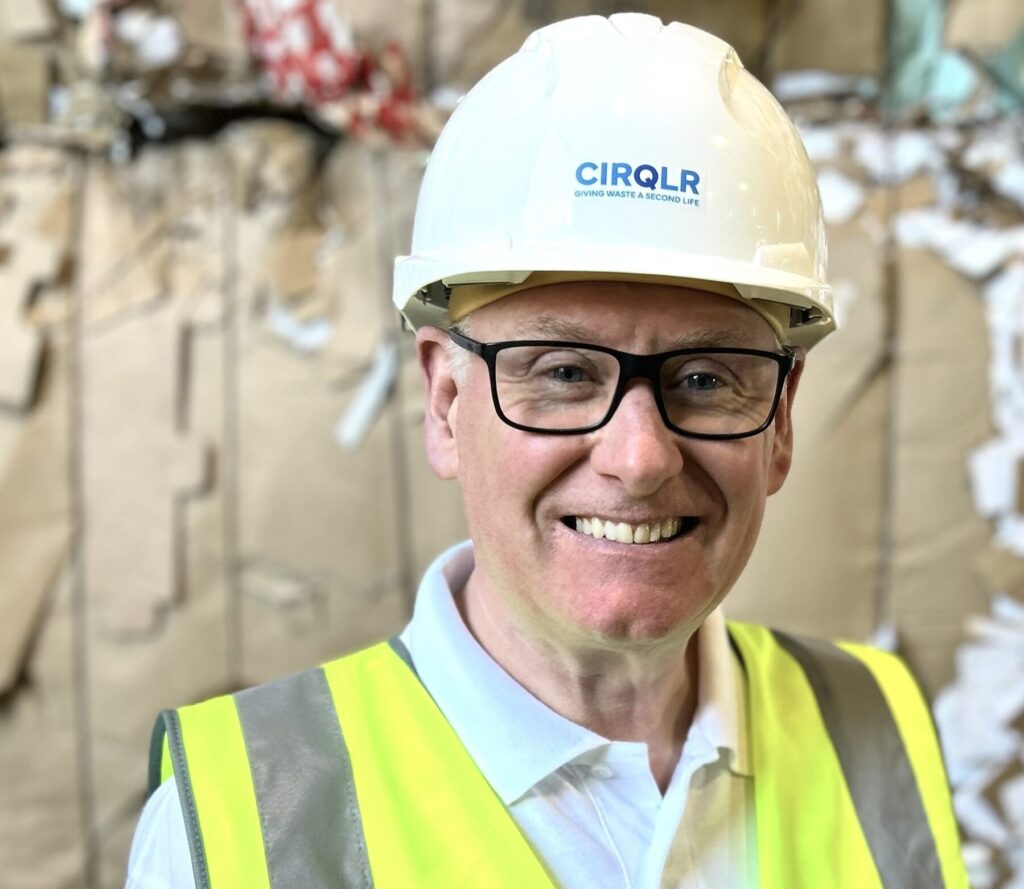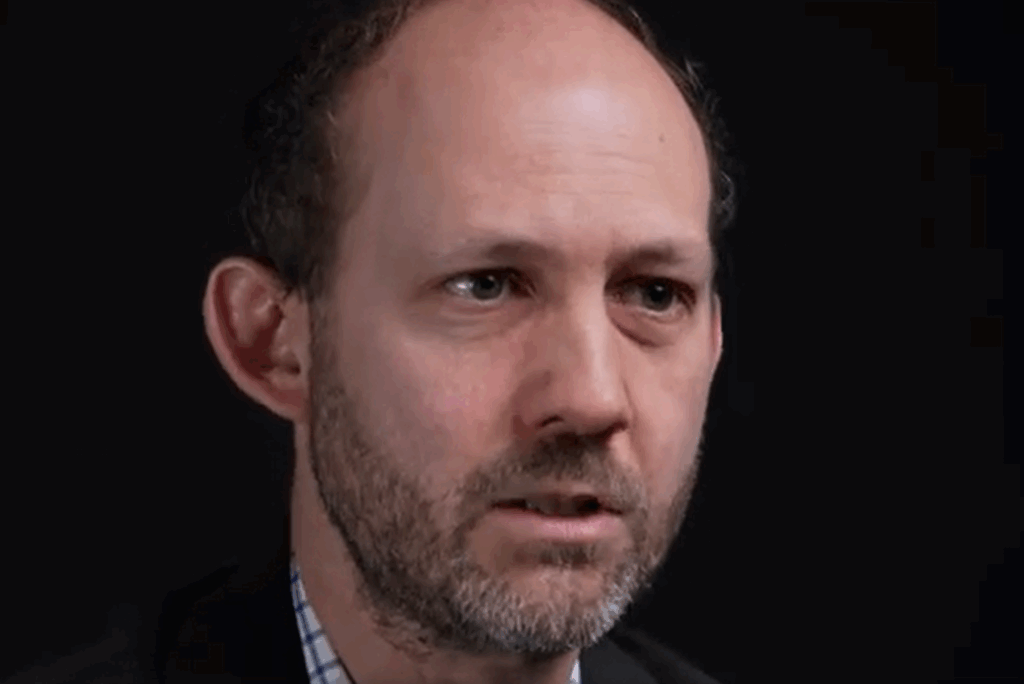For anyone under the impression that we’re on our way to solving the global waste crisis, a chastening UN report has revealed there’s still plenty more work to be done. According to the study, published in collaboration with the International Solid Waste Association (ISWA), municipal solid waste generation is predicted to grow from 2.1 billion tonnes in 2023 to 3.8 billion tonnes by 2050.
To deal with this drastic increase in excess materials, waste management providers must consider how they can leverage emerging technology to process waste more sustainably and efficiently.
Three innovations in particular are at the forefront of more effective waste management -smart sorting, the Internet of Things (IoT), and blockchain. Waste management operators need to explore these technologies if they want to scale up their operations and process waste materials in a faster, more efficient way that keeps pace with ever-growing volumes of waste.
Smarter sorting
Artificial intelligence (AI) and machine learning (ML) are set to radically improve the efficiency of automated waste sorting systems.
Sorting materials is often a bottleneck for waste management and recycling. The more waste that a system has to manage, the worse the problem becomes. That’s why making this process faster and more efficient is essential.
This is where AI and ML enter the conversation. Training ML models to recognise different materials and sort them efficiently means that sorting lines can run faster. There’s also less human error in the process and more waste streams can be sorted. Automated AI and ML-based sorters can work on a 24/7 basis if necessary.
Leveraging IoT
Connected IoT sensors are already in use across the waste management value chain. Operators use the real-time data provided by these sensors to improve operational efficiencies – whether it’s by improving collections or planning their routes more sustainably. These sensors exist across the value chain, from their use in collection vehicles to deployment in waste facilities themselves.
In Norway, for example, sensors are used to monitor the amount of waste in bins so that collections can be better planned. In the winter, collections are kept to a minimum, while in the busier tourist summer months, the waste is collected more regularly.
Advances in sensor technology mean that waste companies can also detect when the wrong materials have been put in a bin. On-vehicle AI apps recognise and mark contaminated materials when household bins are emptied. The instant contaminated waste is identified, an alert, advice on best practice or a penalty can be administered on the spot, encouraging consumers to improve their recycling habits.
Sensor usage in trucks is becoming commonplace throughout the sector. The data relayed by these devices informs an array of decisions that improve efficiency – such as minimising fuel use and allowing for predictive maintenance so that collection vehicle fleets stay in peak condition.
Using blockchain for traceability
Around the world, governments are placing increasing requirements on businesses to prove that they have sustainable supply and waste management chains. These requirements are based on transparent reporting, which is often audited, with large fines and even custodial sentences for serious breaches.
Businesses therefore rely on their waste management operators to help them in a number of ways:
- Manage a range of waste collections efficiently and cost-effectively
- Provide full traceability of recycling and other waste management processes
- Transparent reporting
Blockchain can help waste operators to meet the reporting needs of their commercial clients. Blockchain-based systems record and verify transactions securely across a distributed database, helping waste management companies to log every step of their processes. This leads to better reporting and oversight, with all logs and records both transparent and traceable.
Advocating for a tech-driven future
If the waste management industry is to meet its responsibilities in delivering a more sustainable low-waste future, it should embrace and encourage innovation and technological advancement. Emerging technologies that improve efficiency and drive circularity will be integral to this effort.







Subscribe for free